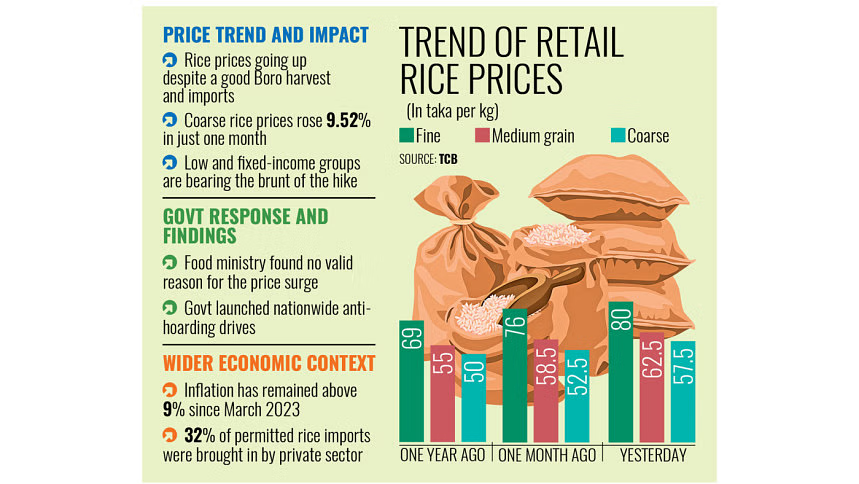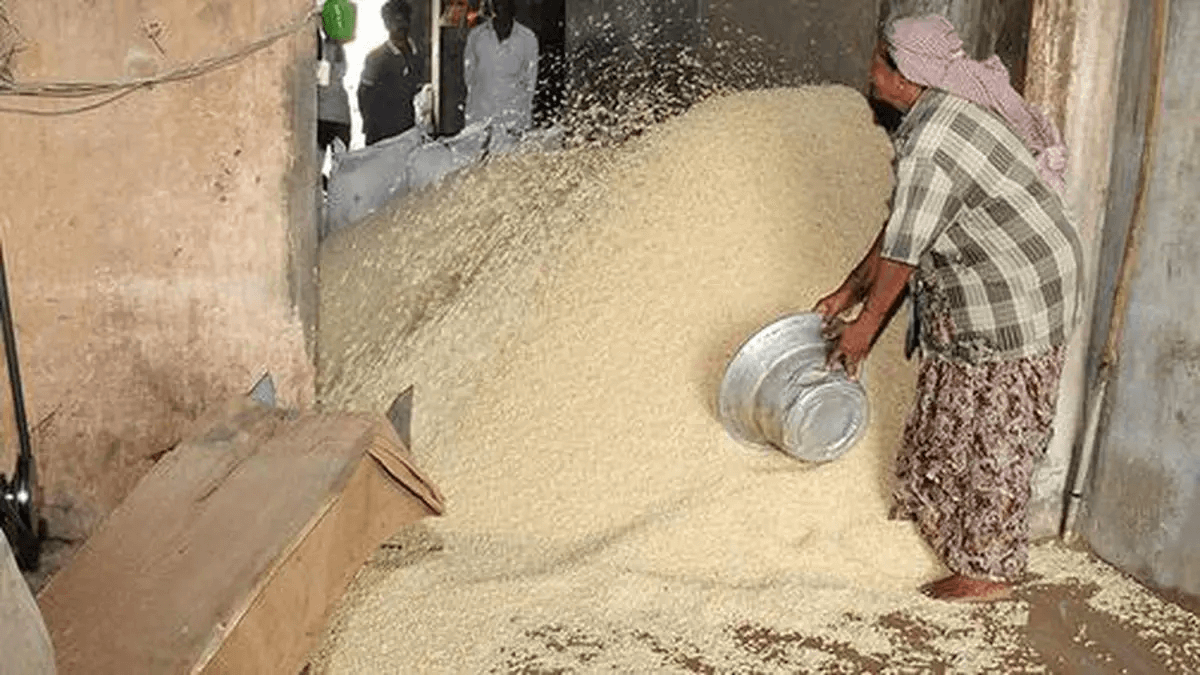Tags
62% dip in Dehradun Basmati acreage in 5 years
The cultivation of Dehraduni Basmati rice in the Doon valley has drastically reduced by 62% between 2018 and 2022. Factors such as summer temperatures, poor soil fertility, water scarcity, changing rain patterns, and unplanned development have contributed to the decline.

DEHRADUN: The cultivation of the Dehraduni Basmati rice, renowned for its unique taste and aroma, has witnessed a drastic 62% reduction in the Doon valley in a span of just five years between 2018 and 2022. A four-year study commissioned by the Uttarakhand Biodiversity Board, whose report came out recently, revealed that in 2018 Dehraduni Basmati was cultivated in 410.1 hectares by 680 farmers, which plummeted to 157.8 hectares by 517 farmers in 2022.
The study adds that “other basmati varieties, grown in 420.3 hectares of land by 560 farmers, have also come down to 180.7 hectares in 2022.” Factors affecting cultivation include Increasing summer temperatures, poor soil fertility, reduced use of farmyard manure, water scarcity for Irrigation, changing rain patterns, and extensive use of chemical fertilisers, according to the study.
The grain is noted for its distinctive flavour, akin to sandalwood and flowers, coupled with a slightly sweet taste, which made it stand out among the around 30 basmati varieties found in India.
Farmers cultivating the grain, long cherished for its non- waxy and non-glutinous characteristics, said that the special qualities of the basmati stemmed from a combination of soil, water, climate, and cultural practices, which are now under threat.
The main area where the rice has been cultivated – Seola- Majra has transformed into a concrete jungle, lamented a farmer. “Unplanned development has swept away the Dehraduni Basmati from many fields. We could still salvage it in remaining areas if all the anthropogenic concerns are addressed effectively,” said Jaswant Negl, a veteran farmer-cum-rice miller from Majra.
The trend of declining Dehraduni Basmati rice cultivation goes back to 1997 when several places like Seolakalan, Brahamanwalaa, Seola Khurd, and Pitthuwala, once cultivating the grain abundantly, began to have shrinking fields. They now have only a few hectares of cultivable land left.
Dhananjal Mohan, chairman of Uttarakhand Biodiversity Board, said, “Through the study, we identified factors responsible for the dip in cultivable area of the grain. A framework has also been made for promoting Dehraduni basmati among farmers.”
Meanwhile, in a ray of hope, a few entrepreneurs are reviving basmati cultivation, especially organic basmati, in parts of Doon and Uttarakhand, “We have earmarked a few acres of land in Vikasnagar on the outskirts of Doon to start with its cultivation,” said Devagya Singh, a former Hong Kong resident who has returned to the country, and taken up agriculture.
https://timesofindia.indiatimes.com/city/dehradun/doon-basmati-rice-cultivation-declines-by-62-in-5-years/articleshow/107093164.cmsPublished Date: January 24, 2024






